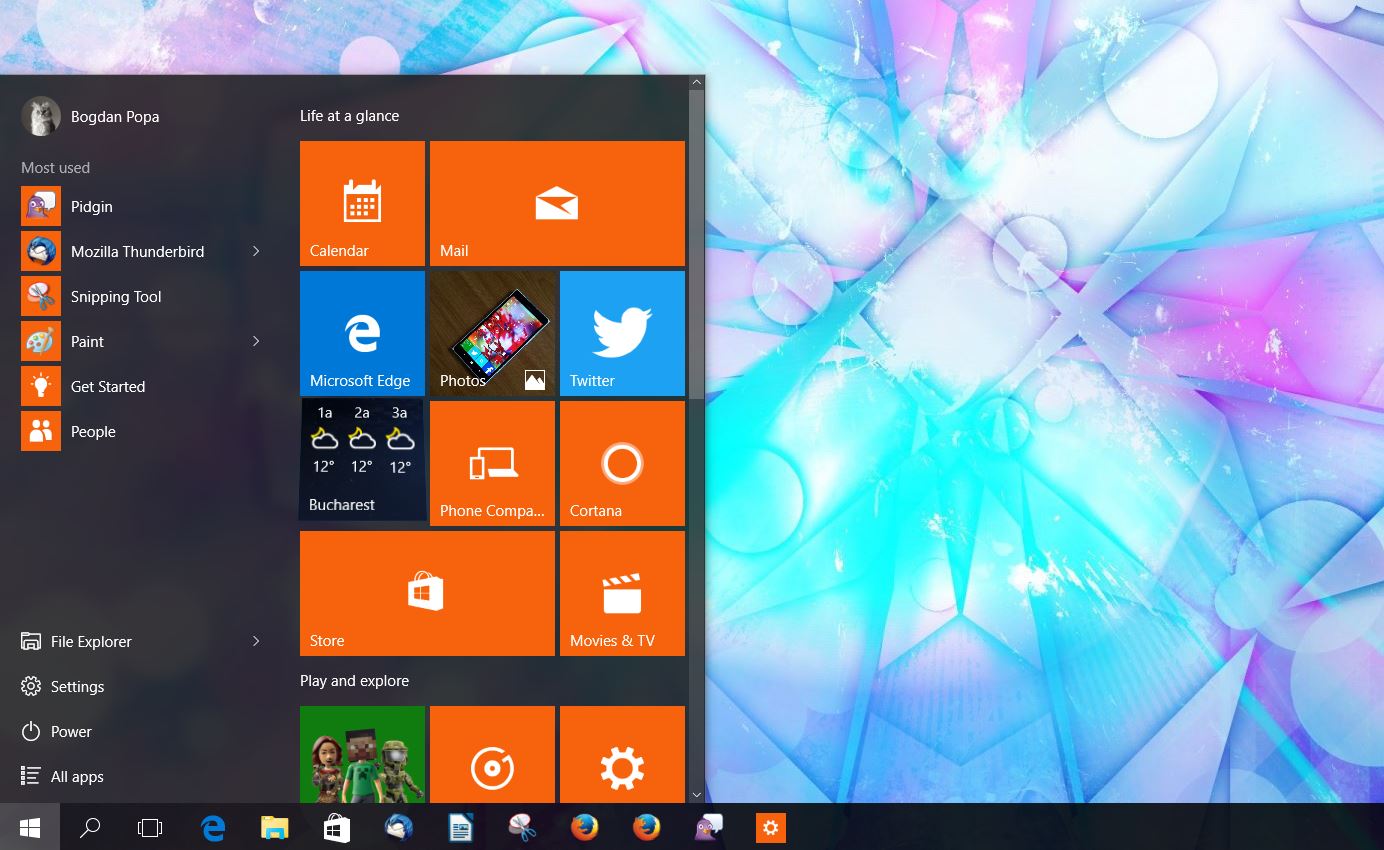
- WINDOWS 10 START MENU NOT OPENING CORTANA INSTALL
- WINDOWS 10 START MENU NOT OPENING CORTANA DRIVERS
- WINDOWS 10 START MENU NOT OPENING CORTANA UPGRADE
- WINDOWS 10 START MENU NOT OPENING CORTANA CODE
WINDOWS 10 START MENU NOT OPENING CORTANA UPGRADE
WINDOWS 10 START MENU NOT OPENING CORTANA INSTALL
Check whether the system a clean install or upgrade
WINDOWS 10 START MENU NOT OPENING CORTANA DRIVERS
If it's installed but not running, test booting into safe mode or use MSCONFIG to eliminate third-party or additional drivers and applications. Booting with MSCONFIG and using a selective or diagnostic startup option will eliminate and/or identify possible interference from additional applications. If either component is failing to start on boot, reviewing the event logs for errors or crashes during boot may pin point the problem. The results are often problematic and unreliable. No method is supported to install Start Appx files. This can be rolling back the update, resetting the PC to defaults (where there's a choice to save to delete user data), or restoring from backup. If Start isn't installed, then the fastest resolution is to revert to a known good configuration.


These are the hardest issues to identify as there are few events logged, but behavior is typically intermittent or recovers with a reboot. Hangs - in Shell Experience host or related.The other option is to get a dump of the process when it crashes and depending on comfort level, review the dump in the debugger, or have support review the data. Determining permissions issues can be time consuming but a SysInternals tool called Procmon will show Access Denied.

WINDOWS 10 START MENU NOT OPENING CORTANA CODE
This can be a code defect or related to missing or altered permissions to files or registry keys by a program or incorrect security tightening configurations. Crashes in Shell Experience Host or related can be found in System or Application event logs. Behavior is intermittent depending on available resources. Symptoms include: High CPU utilization, disk contention, memory resources. Performance issues - More common with older hardware, low-powered machines.Reset, restore from backup, or rollback to recover. This failure is consistent and usually permanent.

Deployment/Install issues - Easiest to identify but difficult to recover.Start failures can be organized into these categories:


 0 kommentar(er)
0 kommentar(er)
